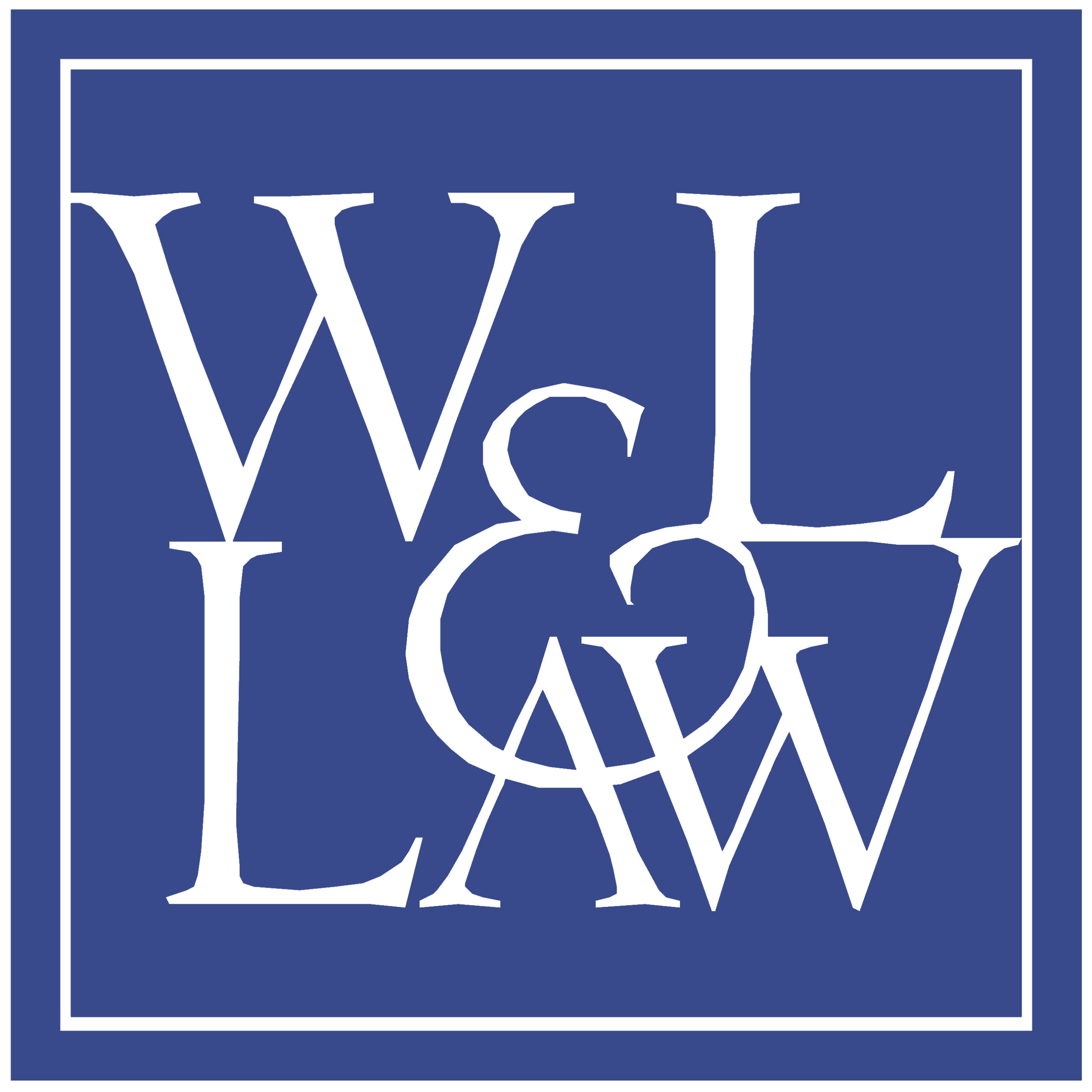So, you want to get financially organized and finally set up a bank account? You’re ready. Everyone’s ready! People often think banks require big chunks of change to start and keep an account or charge scary overdraft fees. With a bit of research and some careful reading, this is not the case. The benefits of holding a bank account are accessible and a smart choice for nearly everyone.
Most bank relationships begin with a checking or savings account. Banks offer many types of accounts and programs with different requirements and features. If you are new to the banking system, take some time to compare these offerings and select an account that suits your individual needs. Some good news: many FDIC-insured banks offer accounts with no, or low, monthly maintenance fees when you have direct deposit or maintain a minimum balance.
- The first step is to locate FDIC-insured banks in your geographic area. Remember, choosing an FDIC-insured bank is important because deposits are insured up to $250,000, among other benefits. The FDIC’s online database BankFind can help you ind local options to begin comparing. If going to a bank branch in person to set up an account is not possible, BankOn compiled a list of 31 options for “safe and affordable bank accounts that can be opened online . . . .”
- Next, note which accounts have a monthly fee and how much. Often, monthly fees can be reduced or wholly avoided by meeting certain requirements like maintaining a minimum balance.
- Does the account charge overdraft fees? Spoiler alert, an account that charges overdraft fees is generally not a good match for new bank account holders.
- Are there fees for withdrawing cash at bank ATMs? If not, are there enough bank or “in-network” ATMs to meet cash withdrawal needs? Are there fees for using non-network ATMs?
- Does the account offer email or text notices about account balances, for example, low balance warnings? These are useful management tools, particularly for new account holders.
- Does the account allow you to pay bills online directly from the account, without charge? Again, this is a useful management tool for new account holders trying to streamline their finances.
- Does the account have a fee for making transactions via a bank teller or for speaking with a customer service representative?
These are all questions that you should know the answers to when considering different bank accounts. The FDIC has compiled them in a handy checklist that can be printed out and used to record account comparisons. However, BankOn has done much of the work reviewing banks for these same criteria. If independent research seems daunting, BankOn has identified hundreds of accounts that have no overdraft fees, largely cost $5 or less a month, and include free online bill pay features, including 31 options that can be set up entirely online.
After choosing the best account for individual needs, the process to open the account should be straightforward. Keep in mind that most banks require accountholders to be 18 years of age and older. While not all accounts request the same documentation, it is better to be prepared with all possible documents to ensure a smooth experience. Banks will likely require you to show a government-issued photo ID like a driver’s license, state-issued ID, passport, or military ID. They will also ask for a Social Security Number or Taxpayer Identification Number. Most banks ask for proof of address and will not accept a post office box, so have a recent utility or phone bill including the name and address of the account holder, for example, handy. Investopedia has a helpful summary of what to expect and what documents to have at hand when setting up an account.
Resources Referenced in this Post:
- General information about why getting a bank account if you don’t have one is a good thing, and how to do so. https://www.fdic.gov/getbanked/index.html
- A checklist to use when considering opening a bank account. https://www.fdic.gov/getbanked/pdf/how-to-pick-bank-account-checklist.pdf
- A resource with professionally vetted options for low-cost bank accounts you can open online. https://covidbanking.joinbankon.org/
- The FDIC’s search tool to find FDIC insured banks in your area. https://banks.data.fdic.gov/bankfind-suite/bankfind
- A resource with professionally vetted options for low-cost bank accounts, viewable by state. https://joinbankon.org/accounts/
- A list and explanation of what documents a bank might ask for when trying to open a new bank account. https://www.investopedia.com/ask/answers/040715/what-should-you-bring-bank-open-checking-account.asp
